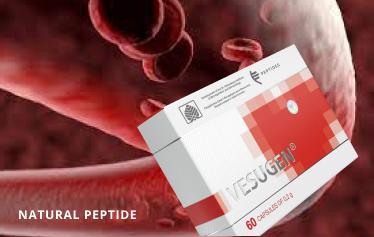Main idea: Compared to sham therapy, myofunctional therapy probably reduces daytime sleepiness and may increase sleep quality in the short term. The certainty of the evidence for all comparisons ranges from moderate to very low, mainly due to lack of blinding of the assessors of subjective outcomes, incomplete outcome data, and imprecision. More studies are needed. In future studies, outcome assessors should be blinded.
Abstract
Obstructive sleep apnoea (OSA) is a syndrome characterized by episodes of apnoea (complete cessation of breathing) or hypopnoea (insufficient breathing) during sleep. Classical symptoms of the disease such as snoring, unsatisfactory rest, and daytime sleepiness are experienced mainly by men; women report more unspecific symptoms such as low energy or fatigue, tiredness, initial insomnia, and morning headaches. OSA is associated with an increased risk of occupational injuries, metabolic diseases, cardiovascular diseases, mortality, and being involved in traffic accidents. Continuous positive airway pressure (CPAP) delivered by a machine which uses a hose and mask or nosepiece to deliver constant and steady air pressure is considered the first treatment option for most people with OSA. However, adherence to treatment is often suboptimal. Myofunctional therapy could be an alternative for many patients. Myofunctional therapy consists of combinations of oropharyngeal exercises – i.e. mouth and throat exercises. These combinations typically include both isotonic and isometric exercises involving several muscles and areas of the mouth, pharynx and upper respiratory tract to work on functions such as speaking, breathing, blowing, sucking, chewing and swallowing.
The objective of the study was toevaluate the benefits and harms of myofunctional therapy (oropharyngeal exercises) for the treatment of obstructive sleep apnoea.
The nine investigated studies included RCTs. They analyzed a total of 347 participants, 69 of them women and 13 children. The adults’ mean ages ranged from 46 to 51, daytime sleepiness scores from 8 to 14, and severity of the condition from mild to severe OSA. The studies’ duration ranged from 2 to 4 months. None of the studies assessed accidents, cardiovascular diseases or mortality outcomes. We sought data about adverse events, but none of the included studies reported these. In adults, compared to sham therapy, myofunctional therapy probably reduces daytime sleepiness (Epworth Sleepiness Scale (ESS), MD (mean difference) -4.52 points, 95% Confidence Interval (CI) -6.67 to -2.36; two studies, 82 participants; moderate-certainty evidence); may increase sleep quality (MD -3.90 points, 95% CI -6.31 to -1.49; one study, 31 participants; low-certainty evidence); may result in a large reduction in Apnoea-Hypopnoea Index; may have little to no effect in reduction of snoring frequency, even though the evidence is very uncertain; and probably reduces subjective snoring intensity slightly. Compared to the waiting list, myofunctional therapy may reduce daytime sleepiness; result in little to no difference in sleep quality; and reduce AHI. Compared to CPAP, myofunctional therapy may result in little to no difference in daytime sleepiness; and may increase AHI. Compared to CPAP plus myofunctional therapy, myofunctional therapy alone may result in little to no difference in daytime sleepiness and may increase AHI. When compared to respiratory exercises plus nasal dilator strip, myofunctional therapy may result in little to no difference in daytime sleepiness, probably increases sleep quality slightly, and may result in little to no difference in AHI). Compared to standard medical treatment, myofunctional therapy may reduce daytime sleepiness and may increase sleep quality. In children, compared to nasal washing alone, myofunctional therapy and nasal washing may result in little to no difference in AHI.
Source Cochrane Library












Leave a Reply
You must be logged in to post a comment.